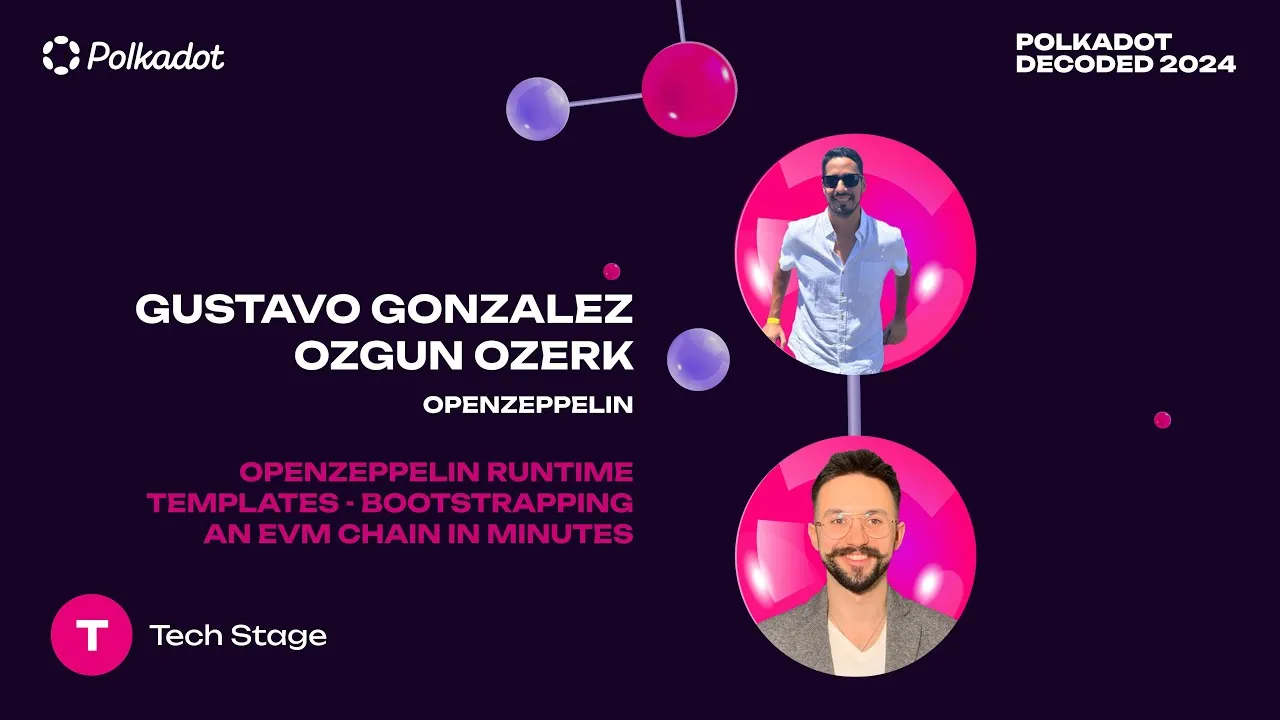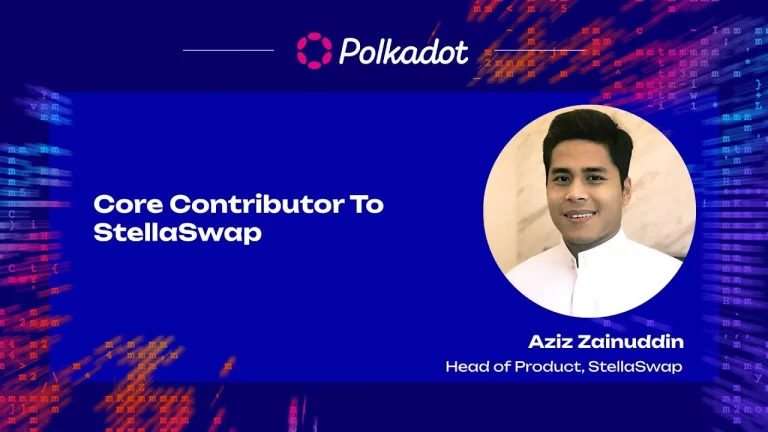OpenZeppelin, renowned for its open-source security solutions for Ethereum smart contracts, has extended its expertise into the Polkadot ecosystem with a suite of runtime templates. These templates significantly simplify the process of bootstrapping an EVM (Ethereum Virtual Machine) chain, making it accessible even to developers who may not have extensive experience with Polkadot or Substrate.
Understanding the Need for Polkadot EVM Chains
The Ethereum Virtual Machine (EVM) remains the dominant environment for executing smart contracts, largely due to Ethereum’s pioneering role in the blockchain space. As Polkadot gains traction, the ability to deploy EVM-compatible chains within its ecosystem opens up opportunities for developers to leverage the extensive tooling and community support that already exists within the Ethereum network. This compatibility ensures that existing Ethereum-based projects can migrate or interoperate with Polkadot parachains, enhancing the overall interoperability within the blockchain ecosystem.
The Challenge of Setting Up Polkadot EVM Chains
Deploying a new blockchain, particularly one that supports the EVM, can be a daunting task. Developers must navigate the complexities of Substrate, Polkadot’s framework for building blockchains, which, while powerful, can be overwhelming for newcomers. Substrate offers unparalleled customization and control, but this flexibility also introduces challenges in ensuring security, efficiency, and ease of use. Misconfigurations during the setup process can lead to vulnerabilities or inefficiencies that compromise the chain’s performance or security.
OpenZeppelin’s Polkadot Runtime Templates
OpenZeppelin’s runtime templates aim to alleviate these challenges by providing a set of pre-configured, customizable templates that developers can use as a foundation for their blockchain projects. These templates incorporate best practices, security considerations, and the latest advancements in Substrate and Polkadot SDKs, making them robust and reliable starting points for new parachains.
OpenZeppelin Polkadot EVM Template Features
- 20-Byte Addressing: The EVM Template supports 20-byte addresses, which are standard in the Ethereum ecosystem. This feature ensures compatibility with existing Ethereum tooling, making it easier for developers to transition to or integrate with Polkadot without sacrificing the familiar developer experience.
- Account Abstraction Support: The template includes support for account abstraction, which enables more flexible and user-friendly account management options. This is particularly beneficial for developers looking to create user experiences similar to those found in Web 2.0 applications, where complex cryptographic details are abstracted away from the end-user.
- Pre-Deployment of Entry Point Contracts: To enhance developer experience, the template allows for the pre-deployment of essential contracts, such as entry points for smart contracts. This feature reduces the setup time and ensures that key components are securely embedded in the genesis block of the parachain.
- Security Audits and Best Practices: OpenZeppelin has a long-standing reputation for prioritizing security. The EVM Template is no exception, having undergone rigorous security audits to ensure that it meets the highest standards. Additionally, the template incorporates best practices such as using specific Rust toolchains, enforcing code formatting standards, and avoiding branch dependencies in Cargo.toml files.
- Integration with Popular Tools: The template is designed to integrate seamlessly with widely-used tools like Polkadot.js, Zombienet, and Foundry. This compatibility allows developers to leverage their existing knowledge and workflows, further lowering the barrier to entry.
A Step-by-Step Guide to Deploying a Polkadot EVM Chain
One of the standout features of OpenZeppelin’s EVM Template is its practical utility. Below is a step-by-step guide to deploying an EVM-compatible parachain using this template:
- Clone the Repository: Begin by cloning the OpenZeppelin EVM Template repository to your local machine.
- Configure Zombienet: Zombienet is used to simulate a local testnet environment. Configure Zombienet with the appropriate settings to support multiple nodes, ensuring that you can accurately test the behavior of your parachain in a networked environment.
- Modify the Chain Specification: Customize the chain specification file to include the reserved para ID and adjust the chain’s name, ID, and protocol settings to ensure uniqueness in your local environment.
- Generate the Genesis State and Validation Code: These components are crucial for defining the initial state of your blockchain and validating transactions. The template includes commands to generate these files, which can then be uploaded to Polkadot.js for deployment.
- Deploy the Parachain: Using the Polkadot.js interface, deploy your parachain by submitting the genesis state and validation code files. This step registers your parachain with the relay chain, allowing it to begin producing blocks.
- Deploy and Interact with Smart Contracts: With your EVM chain up and running, you can deploy Solidity smart contracts using tools like Foundry. The template supports standard Ethereum RPC methods, enabling you to interact with your contracts as you would on Ethereum.
Polkadot OpenZepellin Template Future Directions
While the current iteration of the OpenZeppelin EVM Template is robust, there are several areas where it could be expanded to provide even greater utility to developers:
- DeFi-Specific Templates: Given the explosive growth of decentralized finance (DeFi), a template tailored specifically to DeFi applications could include pre-configured modules for common components like decentralized exchanges (DEXs), lending protocols, and automated market makers (AMMs).
- Gaming and NFTs: As blockchain-based gaming and non-fungible tokens (NFTs) continue to gain popularity, specialized templates that cater to these use cases could streamline the development process for these sectors.
- XCM Integration: Cross-chain messaging (XCM) is a powerful feature of Polkadot that enables parachains to communicate with each other. Future templates could simplify the creation of XCM messages, facilitating smoother interoperability between parachains.
- Advanced Security Features: Incorporating advanced security features, such as support for secure enclave-based signing (e.g., SCCP256R1), could enhance the security of transactions on EVM chains, particularly for mobile users.
Conclusion
OpenZeppelin’s EVM Runtime Template represents a significant step forward in simplifying the deployment of EVM-compatible parachains within the Polkadot ecosystem. By leveraging this template, developers can bypass much of the complexity traditionally associated with blockchain deployment, allowing them to focus on building innovative applications that take advantage of Polkadot’s unique features.
As the Polkadot ecosystem continues to grow, tools like the OpenZeppelin EVM Template will be instrumental in attracting developers from other blockchain ecosystems, particularly those familiar with Ethereum. With ongoing support and future enhancements, this template is poised to become a cornerstone of blockchain development within the Polkadot ecosystem, enabling a new wave of innovation and interoperability across decentralized networks.
This article has been prepared to offer a comprehensive overview of the OpenZeppelin Runtime Templates, providing detailed insights into its features, practical applications, and future potential. It is designed to serve as a resource for developers and blockchain enthusiasts looking to explore the capabilities of the Polkadot ecosystem.








